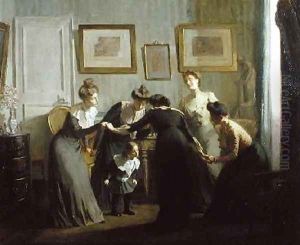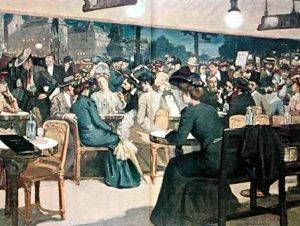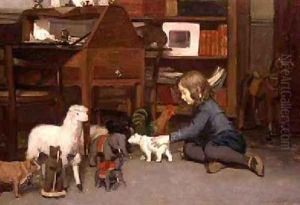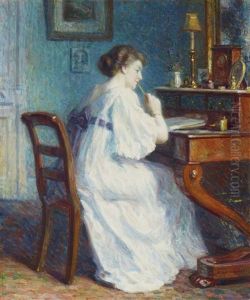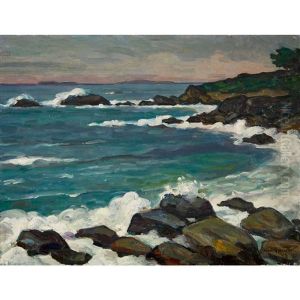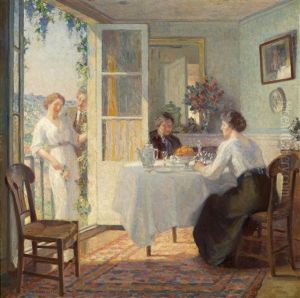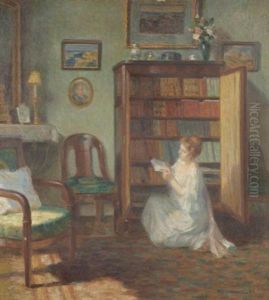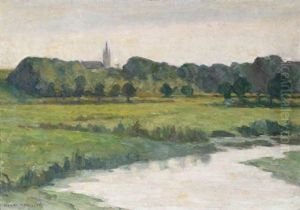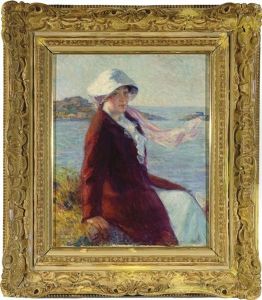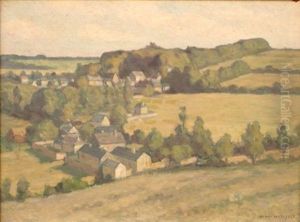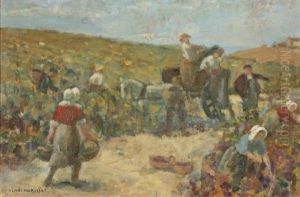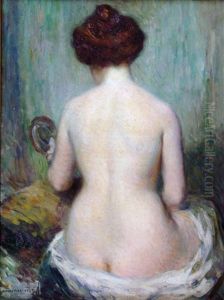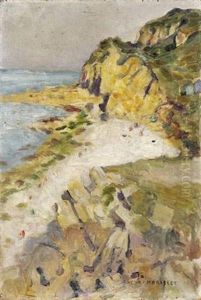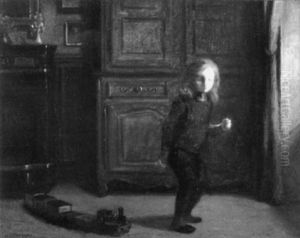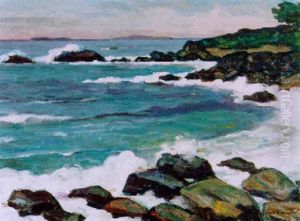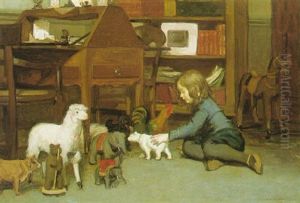Francois Henri Morisset Paintings
François Henri Morisset was a French sculptor known for his works in the early 20th century. Morisset was born on October 15, 1873, in Paris, France, during a period rich with artistic innovation and at the height of the Belle Époque. He began his artistic education at a young age and was a student at the Ecole des Beaux-Arts in Paris. Under the tutelage of renowned sculptors such as Alexandre Falguière and Antonin Mercié, Morisset honed his skills and developed a style that combined classical tradition with the emerging trends of his time.
Morisset's career was marked by his participation in various exhibitions, notably the Salon des Artistes Français, where he regularly showcased his work. His sculptures often depicted figures from mythology and allegory, reflecting the academic art traditions of the era. However, Morisset was also influenced by Art Nouveau and the more fluid, naturalistic styles that were gaining popularity.
Despite his involvement in the art scene, Morisset was not as widely known as some of his contemporaries. This lack of widespread recognition may be attributed to the overshadowing fame of other sculptors of the time, such as Auguste Rodin, as well as the rapid changes in artistic tastes leading up to World War I. Nevertheless, his contributions to French sculpture were appreciated by his peers and by art aficionados.
François Henri Morisset's career was also impacted by the two World Wars, which brought significant changes to the cultural landscape of Europe. After World War II, there was a shift towards modernist and abstract art, which further distanced Morisset's more traditionalist style from the mainstream. Despite these changes, he continued to produce work until his later years.
Morisset passed away on May 29, 1956, in Paris. While he may not be as widely recognized as some of his peers, his sculptures remain a testament to the rich artistic traditions of his time and provide insight into the transitional period of art from the late 19th to the mid-20th century. Today, his works can be found in various collections and museums, appreciated by those who seek to understand the breadth of French sculptural art during this pivotal era.
